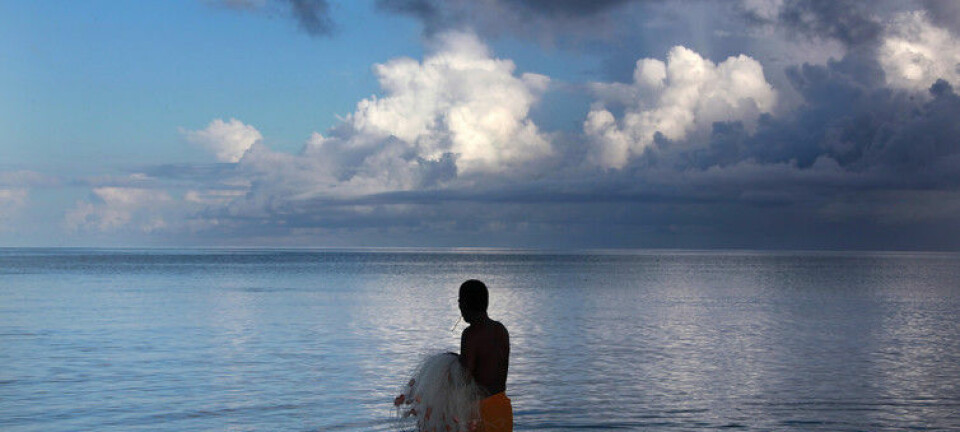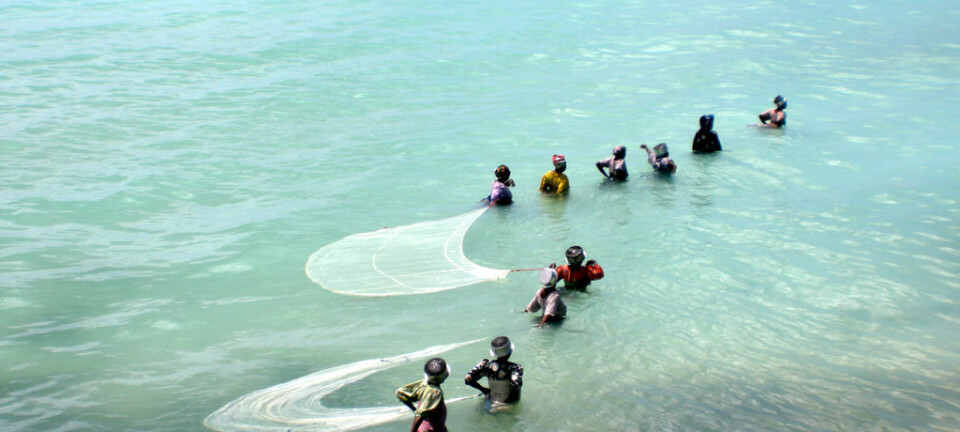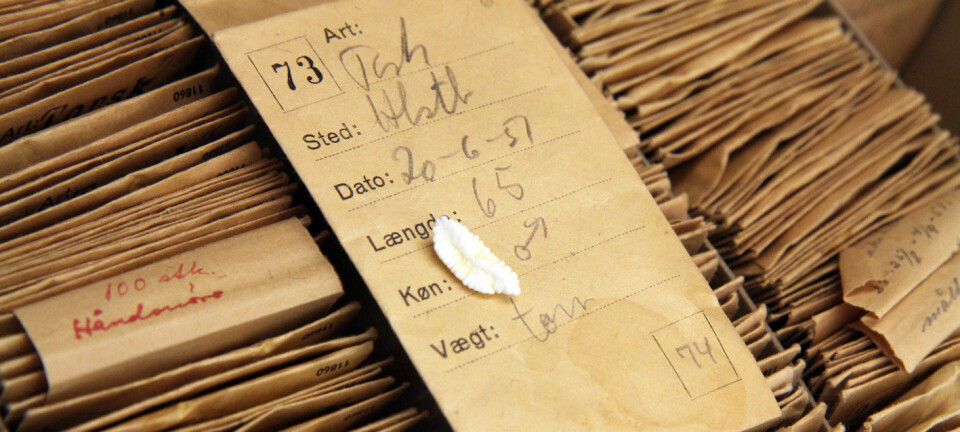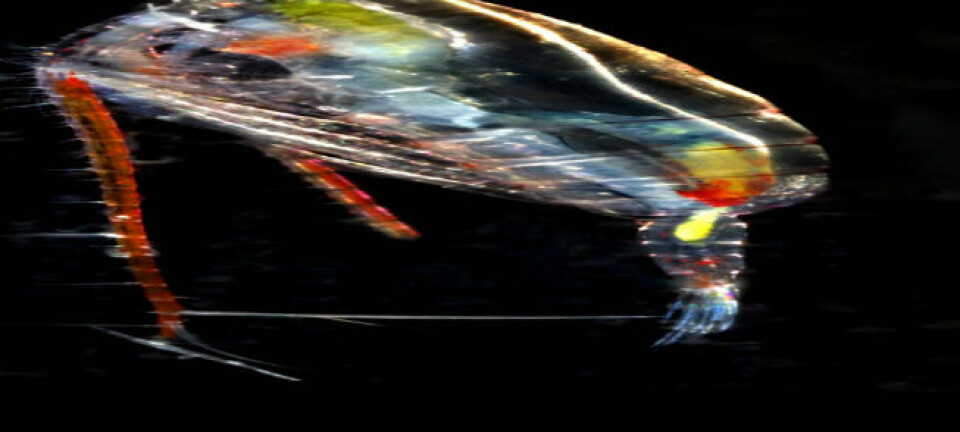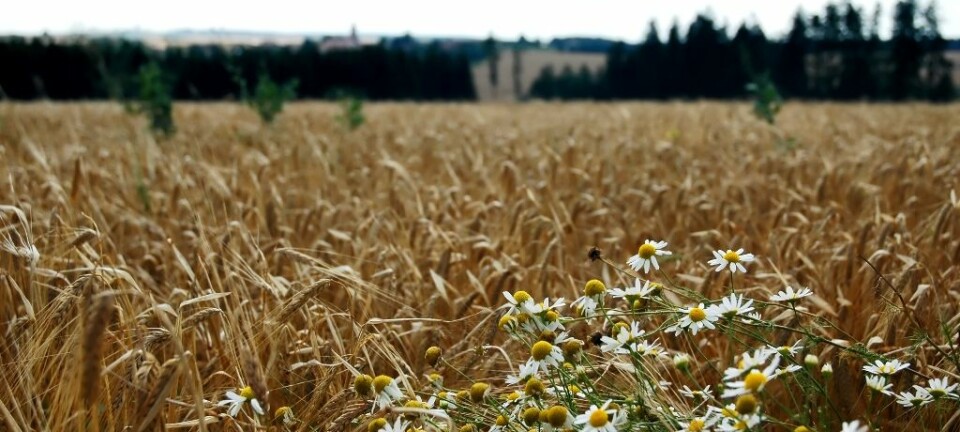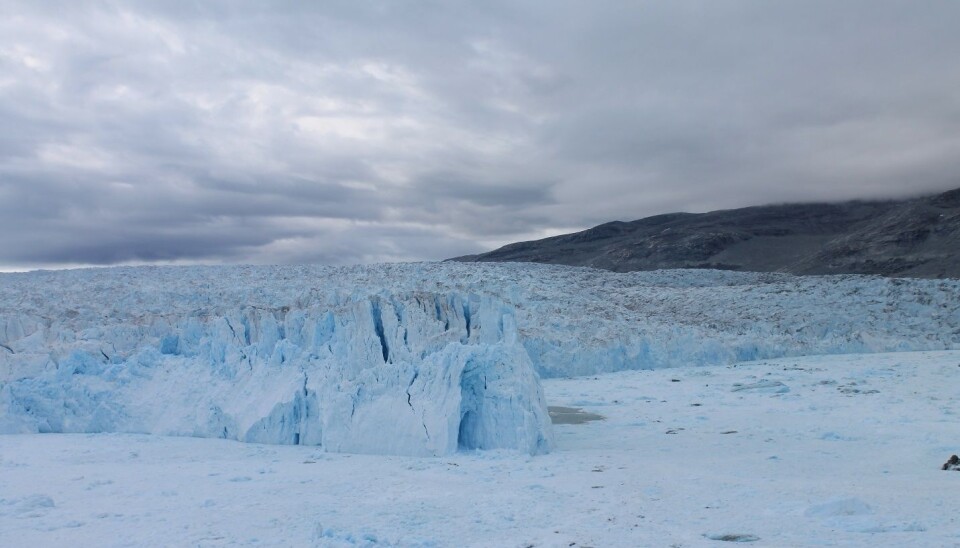
Glaciers are vital for Greenland’s fisheries
But as the glaciers retreat on land, this could all change.
A new study spells bad news for Greenland’s fisheries.
For the first time, scientists have demonstrated just how important Greenland’s glaciers are for sustaining the country’s successful Greenland halibut fishery. And one type of glacier is particularly important: marine-terminating glaciers that flow into fjords and support an entire food web.
“We see that the most productive halibut fisheries are located close to marine-terminating glaciers,” says lead-author Lorenz Meire from the Greenland Climate Research Centre (GCRC) at the Greenland Institute of Natural Resources in Nuuk, Greenland.
“Today, productivity in these fjords is stimulated by these types of glaciers, but this will all change in the future as they retreat on land,” he says.

The results contradict the more positive picture often painted of the economic benefits expected for fisheries. For example, as fish migrate north into warmer waters and new Arctic shipping routes and fisheries open up as sea ice continues to retreat.
Glaciers control supply of nutrients to fjords
Glaciers that flow directly into the sea are critical for the supply of nutrients to fjords, which are home to some of Greenland’s most productive Greenland halibut landings, says Meire.
When a glacier sits in a fjord, meltwater flows out from beneath the glacier. The density difference between the fresh glacial meltwater and the ocean water in the fjord drives nutrient-rich water from the bottom of the fjord up to the surface.
The nutrients boost the growth of tiny phytoplankton in summer, which forms the bottom of the food chain.
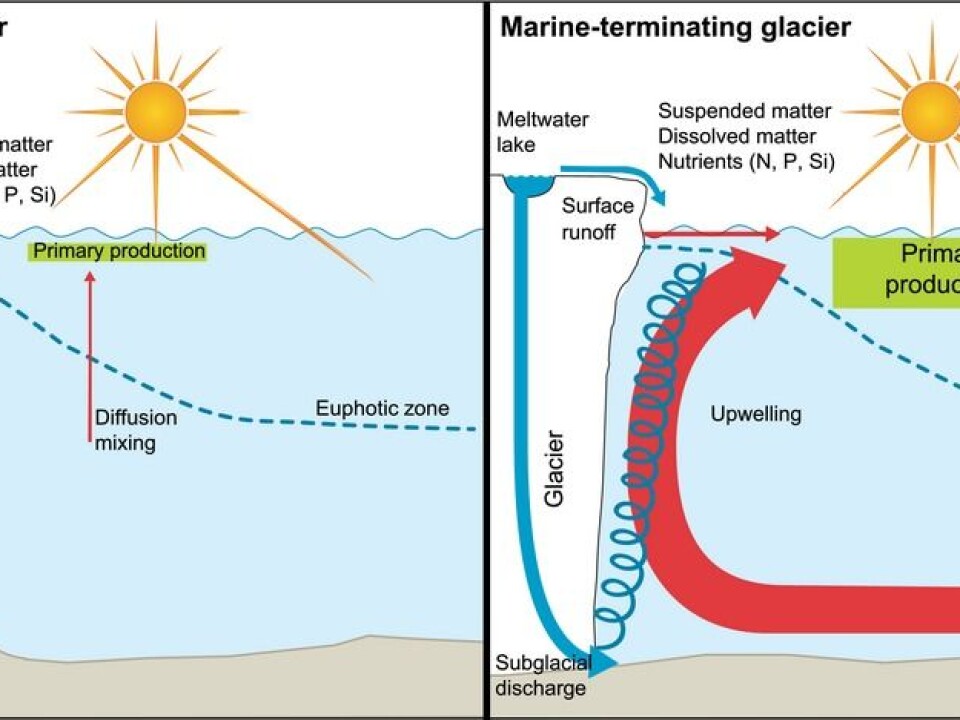
“This feeds zooplankton, which in turn feeds small fish, which then feed larger fish, and so on. So it sustains a whole food web,” says Meire.
This process is called upwelling and the new study is the first look at how this could change fjord ecosystems once the source of the upwelling—marine terminating glaciers—disappears as glaciers retreat on land and lose their direct contact with the ocean.
Land-terminating glaciers cut off nutrient supply to fjord
Meire and colleagues compared two fjord systems: Godthåbsfjord in West Greenland, where glaciers flow directly into the fjord, and Young Sound in East Greenland, where the glaciers end on land and drain into the fjord by a series of drainage rivers.
They saw that the surface waters of Young Sound, surrounded by land-terminating glaciers, contain fewer nutrients and produced less phytoplankton than the marine terminating glaciers of Godthåbsfjord.
Meire and colleagues then compared the catch from halibut fisheries in fjords along the west coast of Greenland, which had either marine-terminating glaciers or land-terminating glaciers.
“We expected to see that fjords with land-terminating glaciers will have a smaller catch, and this is what we saw in our data,” says Meire.
‘Dead glaciers’ support fewer fish in fjords
The new results support what local Greenlanders have long suspected, says Meire.
“In Greenland, they know that these marine-terminating glaciers are important, as the land-terminating glaciers are often referred to as ‘dead glaciers,’ and cities like Ilulissat are located near to marine terminating glaciers,” he says.
Jesper Boje, a senior research scientist from DTU Aqua and an expert on Greenland’s halibut fisheries is not surprised by the results. He was not involved in the new study.
“Overall, I agree with their conclusion,” writes Boje in an email. “I’ve tried to investigate the same based on visual assessments of satellite data and Greenland halibut abundance.”
“I think they have a case here. The fishery in front of Ilulissat glacier (Kangia) is remarkable with respect to the density of catches—approximately 5,000 to 6,000 tons per year over a few square kilometres. You don’t see such an intense fishery in the high seas,” he writes.
Conclusions are still speculative
Both Meire and Boje emphasise that this is not definitive proof that fisheries will decline as glaciers retreat on land.
More data are needed to ascertain the precise link between halibut catch and glacier retreat in fjords around Greenland, writes Boje.
But this is difficult to do, as there are only a few examples of comparable fjord systems with a halibut fishery, where the only difference is the type of glacier. One approach could be to study historic fisheries elsewhere in Greenland, he writes.
“In the first half of the 1900’s, there was a fishery for Greenland halibut in the southern fjords of West Greenland. This fishery has now ceased and one of the likely reasons could be the retreat of glaciers in these southern areas,” writes Boje.
Moreover, the immediate consequences of glacier retreat could be complex as scientists do not know how long it will take for some of the important marine-terminating glaciers to retreat fully out of the fjord and onto land, says Meire.
“As they melt, there will be more run-off, which could stimulate production in the short-term, but as they retreat on land this will diminish,” he says.
Scientists now need to monitor glaciers throughout their transition to see just how fisheries will respond, he says.
